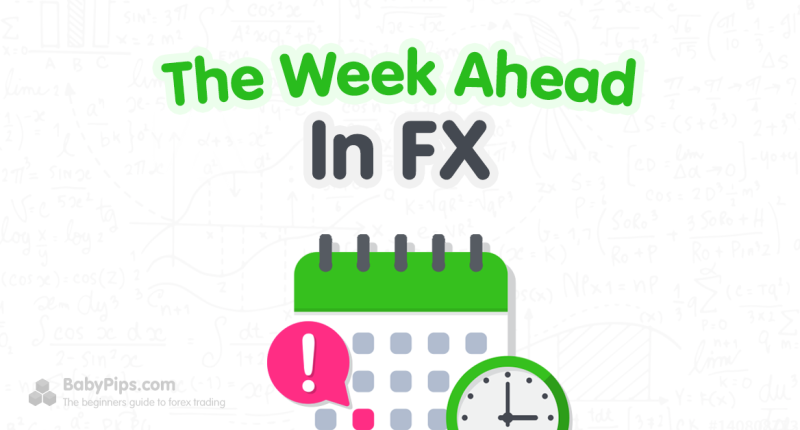
We’re in for a big week as not one but TWO central banks update their monetary policies.
Both the U.S. and Canada will print their September labor market numbers and likely give us clues on their consumer spending trends.
Before all that, ICYMI, I’ve written a quick recap of the market themes that pushed currency pairs around last week. Check it!
And now for the closely-watched economic indicators on the calendar this week:
RBA’s policy decision
Last week’s Australian inflation data got some AUD bulls excited as its first acceleration since April pointed to the Reserve Bank of Australia (RBA) possibly raising its interest rates again.
But a 5.2% CPI, while still way higher than the RBA’s 2% – 3% target, is unlikely to trigger another rate hike anytime soon. For one thing, the uptick was mostly due to base effects and higher oil prices. The RBA will probably need other data points or a clear trend before it resumes its tightening.
It’s also RBA Governor Michele Bullock’s first decision and she’ll probably want to keep things lowkey for her first meeting. Like the Fed, though, we’ll likely see a “hawkish hold” scenario where a rate hike remains on the table for the central bank. Tune in on Oct. 3 at 3:30 am GMT if you don’t want to miss the event!
RBNZ’s policy statement
In its decision in mid-August, the Reserve Bank of New Zealand (RBNZ) emphasized that interest rates “need to remain at a restrictive level” for inflation to fall to the central bank’s target range.
A better-than-expected Q2 GDP and stubbornly high inflation also support further tightening from the RBNZ. Still, markets see the RBNZ keeping its interest rates at 5.50% for a fourth consecutive time on October 4 at 1:00 am GMT.
We won’t see a presser or updated economic projections from the central bank so make sure you watch the statement closely for hawkish rhetoric!
Canada’s labor market data
Like the U.S., Canada will print its labor data on Oct. 6 at 12:30 pm GMT. Unlike in the U.S., though, the markets are bracing for slightly weaker numbers.
Net job additions are expected to slow down from 39.9K to 28.0K in September, which may be enough to push the unemployment rate higher from 5.5% to 5.6%.
Lucky for us, the IVEY PMI – a widely considered leading indicator for the official jobs numbers – is scheduled a day before on Oct 5 at 2:00 pm GMT. The report is seen weakening from 53.5 to 50.8 in September so expect to see some volatility and pre-labor data positioning if we do get weaker numbers for the month!
NFP-related reports
Another month, another chance to look at Uncle Sam’s labor market numbers!
On October 6 at 12:30 pm GMT, the closely watched non-farm payrolls (NFP) may print a 145K net jobs increase in September (vs. 179K in August). The unemployment rate is expected to remain at 3.8% while the average weekly earnings may accelerate from 0.2% to 0.3% for the month.
Luckily, we’ll get labor market clues from other data points scheduled throughout the week. The jobs component of the ISM manufacturing PMI (Oct. 2, 2:00 pm GMT), for example, may improve together with the headline index figure.
The JOLTS job openings (Oct 3, 2:00 pm GMT), ADP report (Oct 4, 12:15 pm GMT), ISM services PMI (Oct 4, 2:00 pm GMT), and the weekly initial jobless claims (Oct 5, 12:30 pm GMT) could also help paint a picture of a slightly stronger labor market.
If the reports print to the upside as the markets are expecting, then we may see another round of USD strength as more traders believe the Fed’s hawkish biases.








